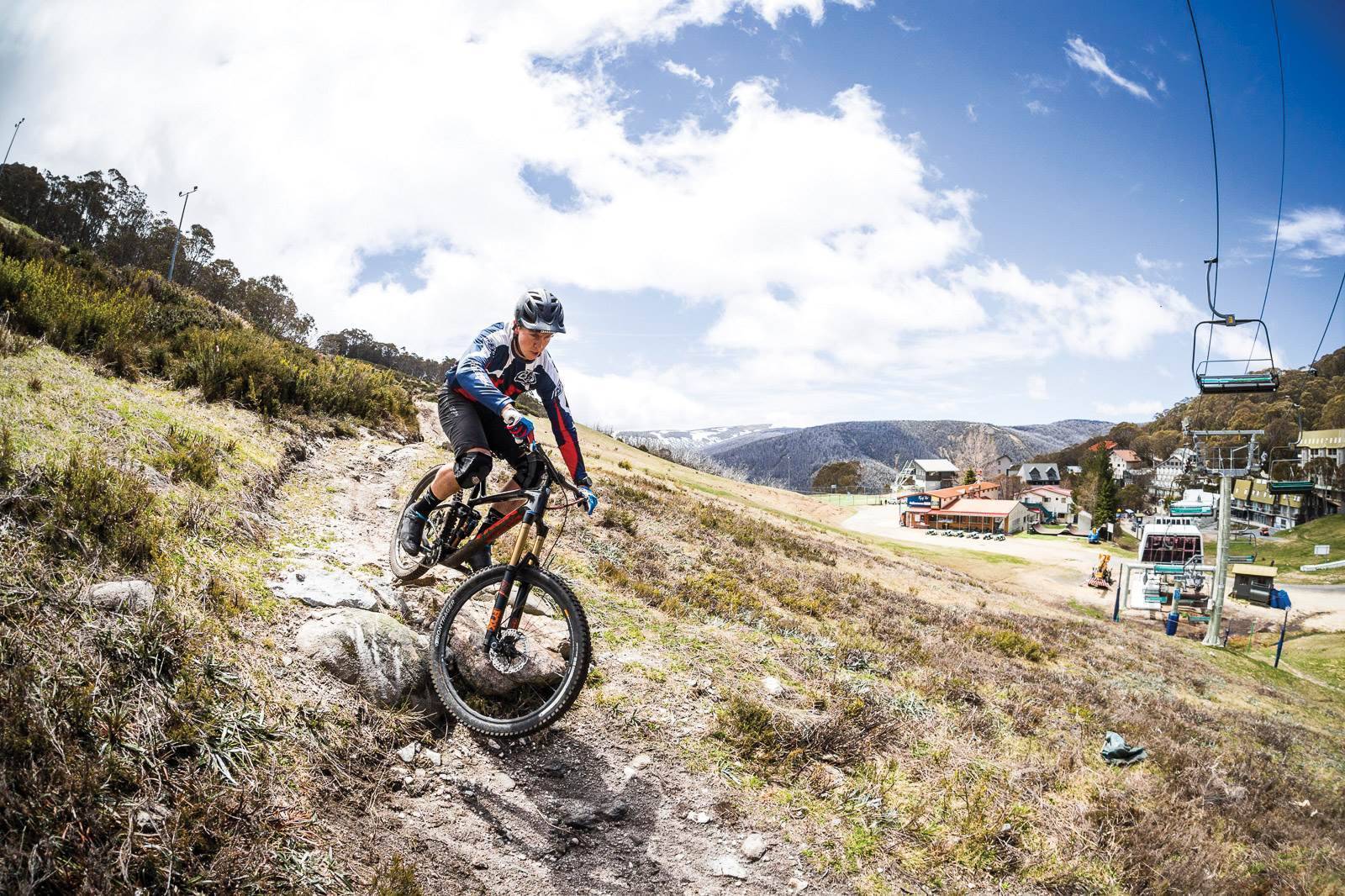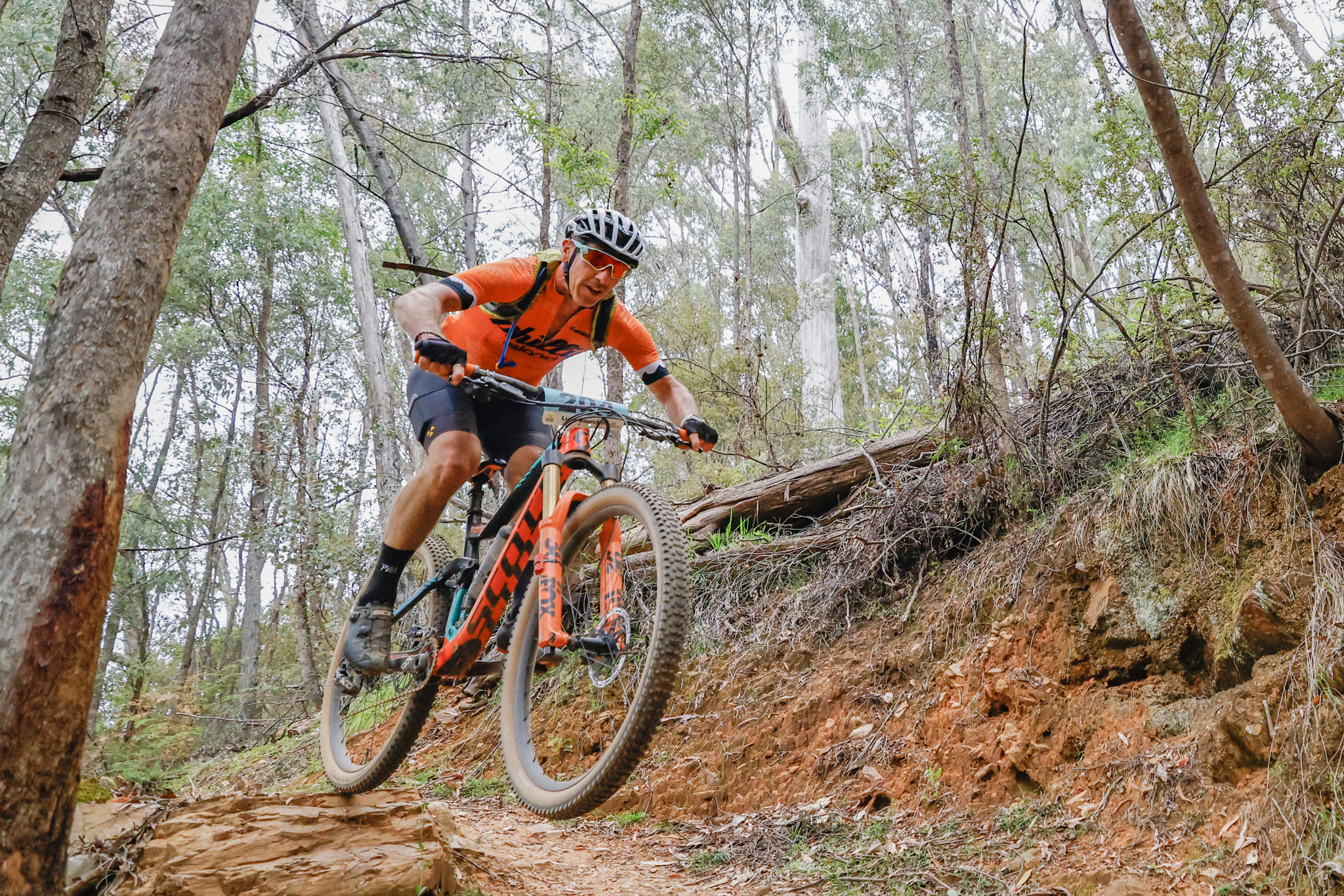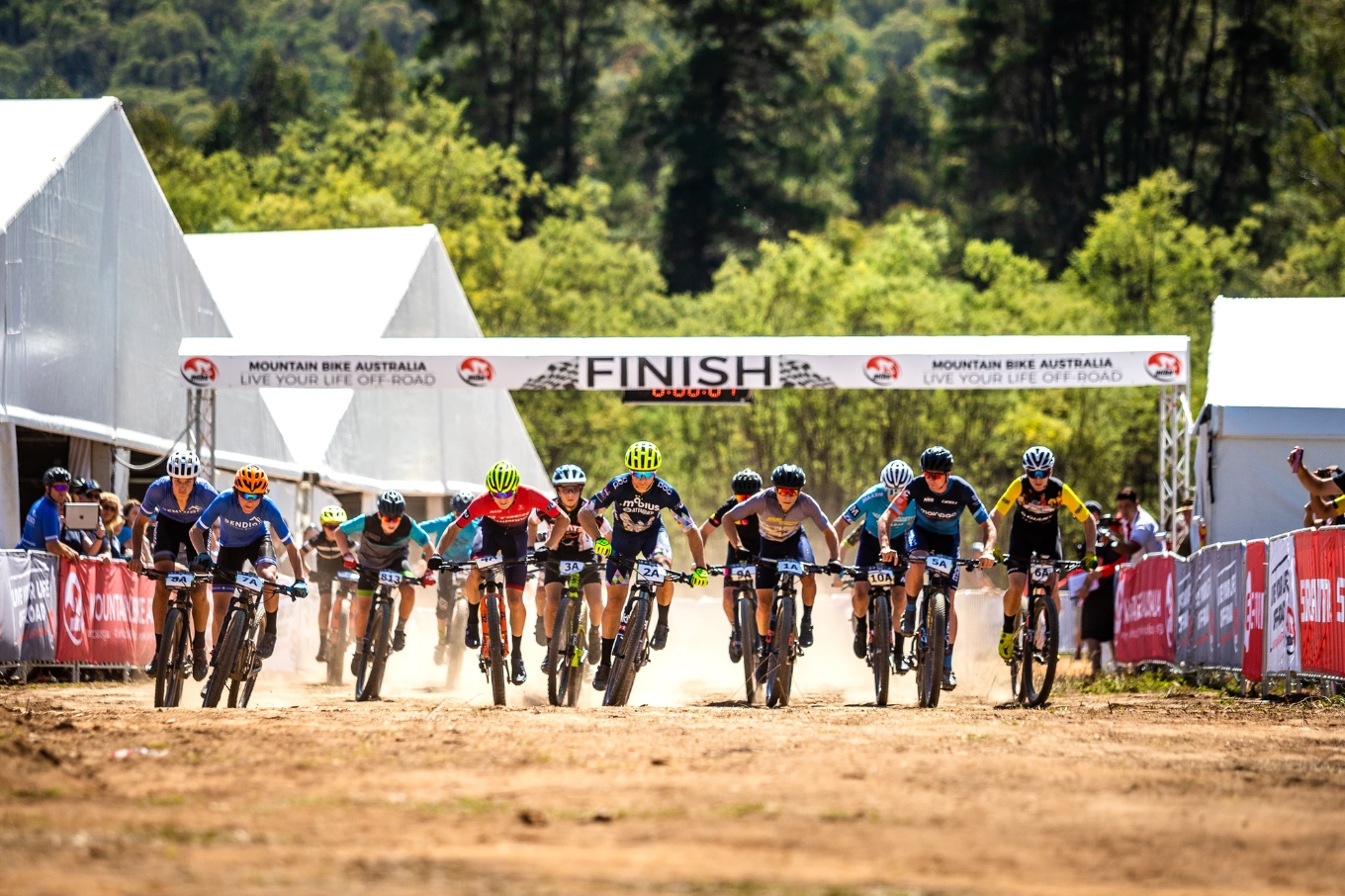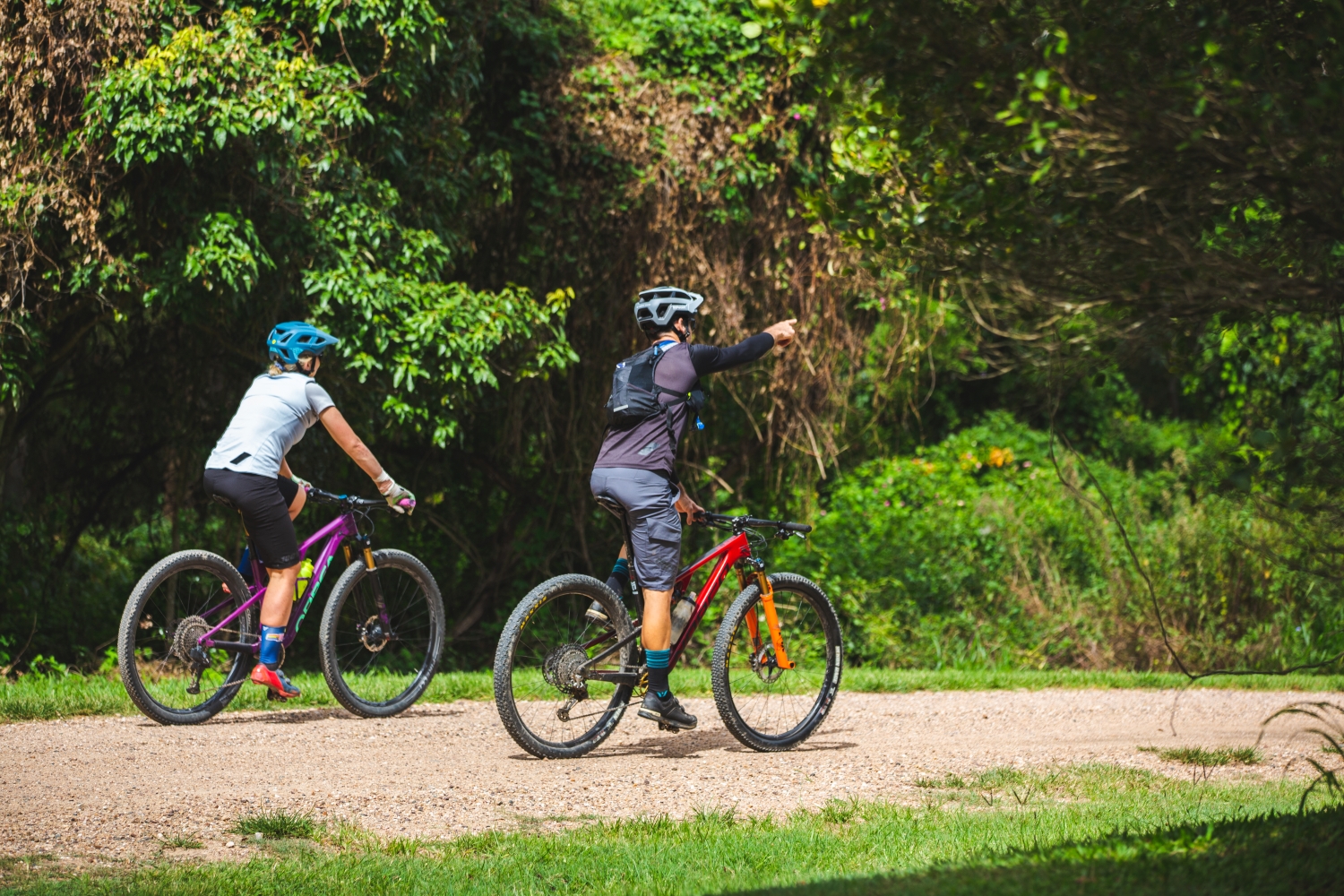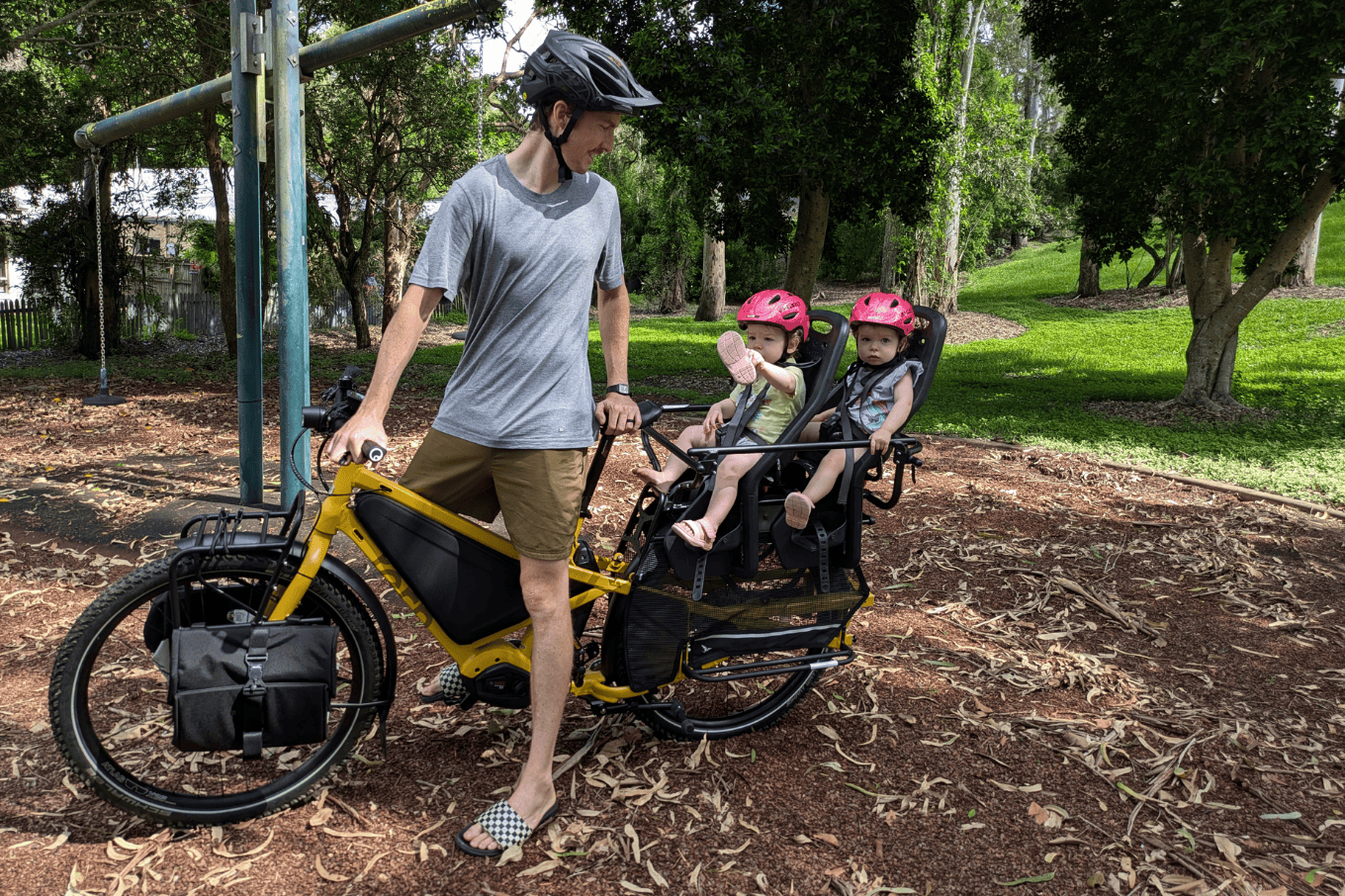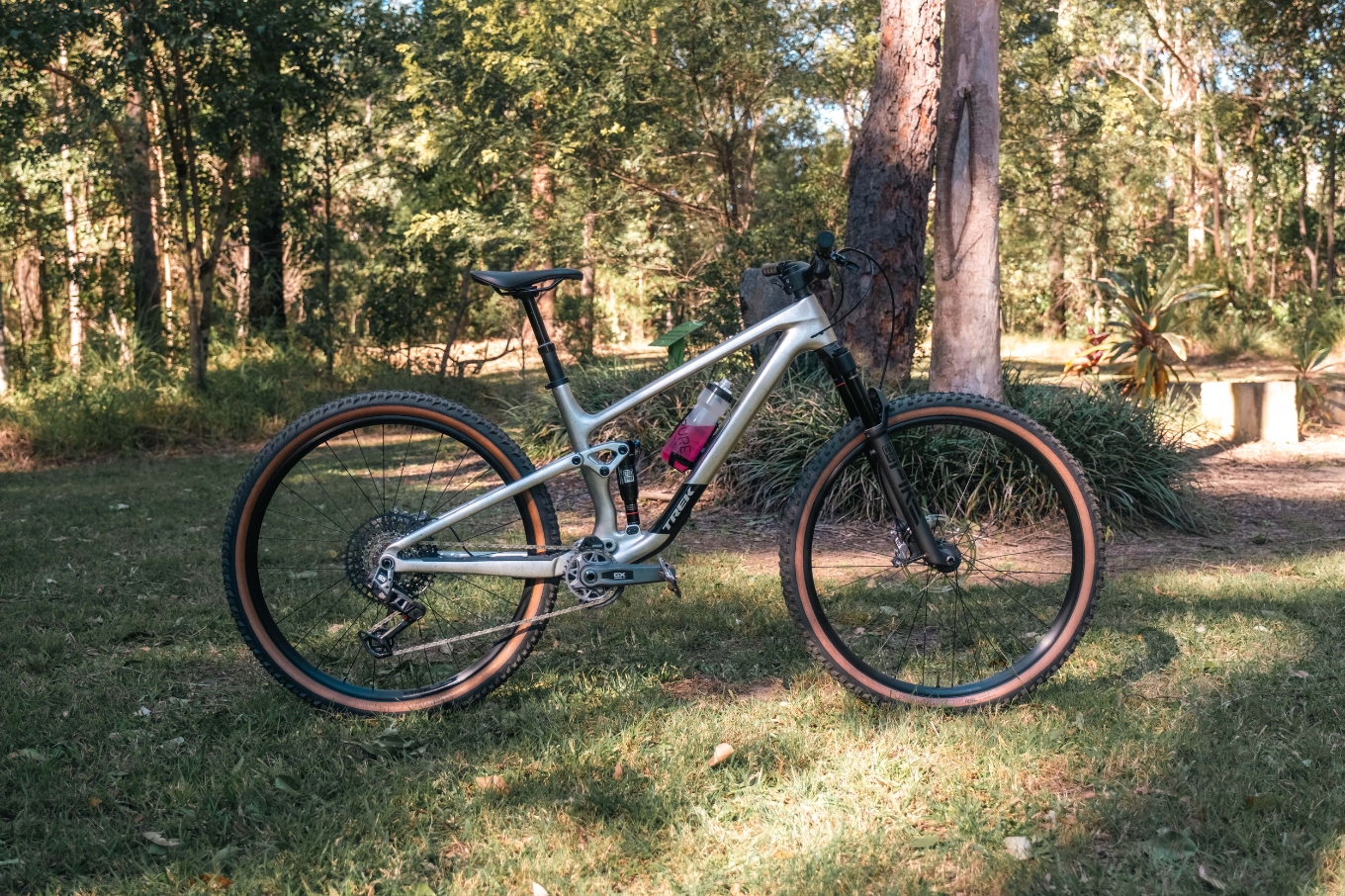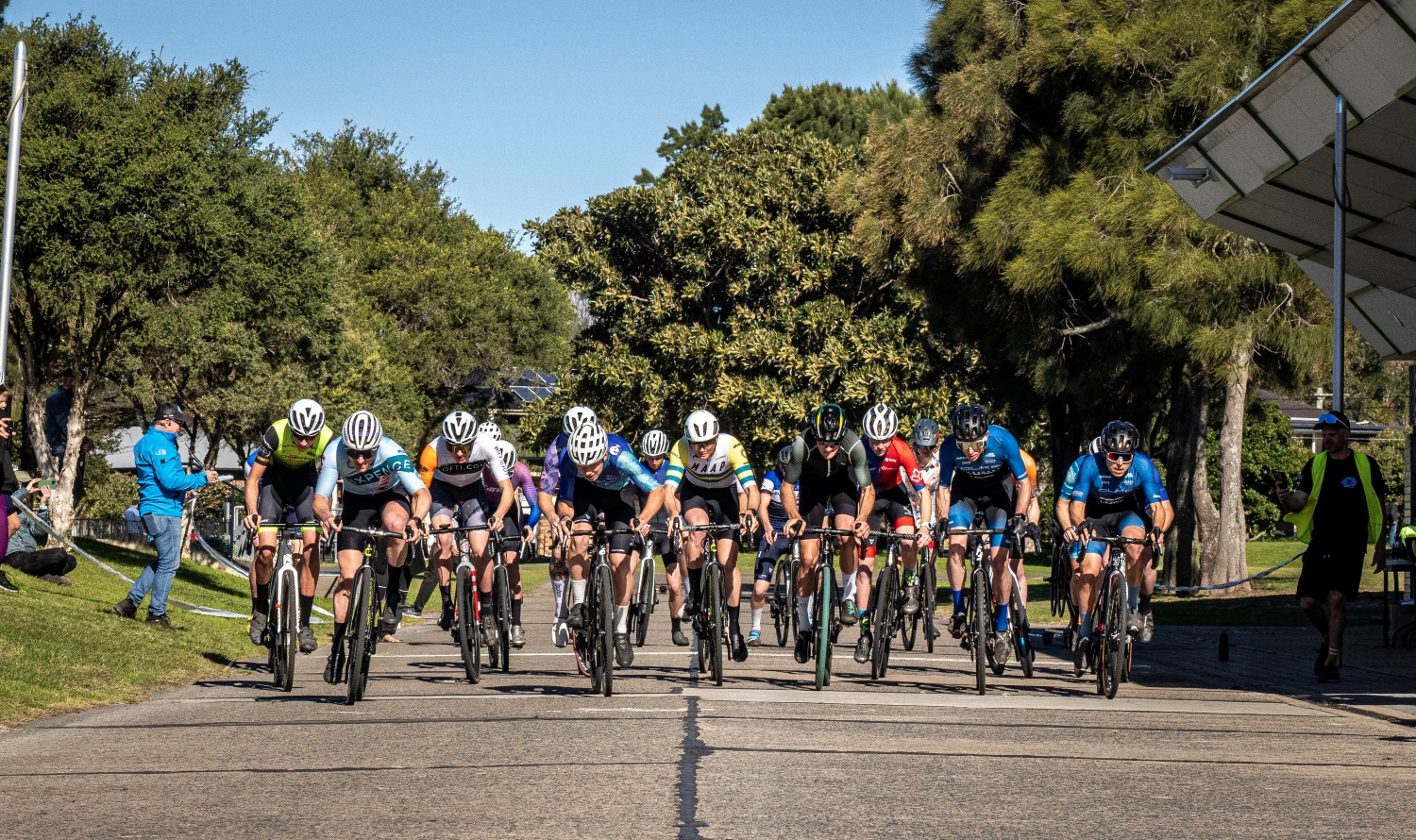Gravity Check: Do it all.
Chris Panozzo ponders just what it means to have one bike to do it all.
Words: Chris Panozzo
Photo: Tim Bardsley-Smith
Summer is in full swing, finally, and with that means national racing in Australia is underway across nearly all disciplines. It’s an exciting time as the season gets underway, all the off-season team rumours are either proved or fall by the wayside, and we get to see all the new bikes out in the open.
And the bikes year on year are getting faster, making you feel more relaxed, giving you the confidence to push harder and harder. At times, they can be so confidence-inspiring you never feel like you’re anywhere near their limits. Usually because we never are.
It’s easy to think that we are riding trails faster, given what we have at our disposal. At this point it’s worth remembering a time when National racing, and all riding for that matter, was carried out across all disciplines on the same bike.
Race fans of a certain vintage (often distinguished by the lack of hair on top of their heads) are always quick to remind me that some of the tracks still ridden today, although somewhat evolved, were once taken on by bikes that had solid rear wheels instead of spokes, non-existent brakes and frames made from steel similar to that of the Sydney harbour bridge. At this point during these conversations I’m normally looking for the closest exit, instead of hearing Grandpa Simpson’s latest exaggeration.
But consider the riders who had to ride these bikes (I’ve used the term ‘bikes’ loosely in this context). These guys can be forgotten sometimes, given that mountain biking is still a very young sport. Can you imagine a rider who raced in the Giro d’Italia, as well as the one day classics of Europe for a professional road team, won the UCI World Cup XC series and World Championships, finished second in the Downhill at those same World Championships and went on to win his own National Downhill Championships? I’m not making this up, John Tomac is this guy, and if this is all news to you, it’s time you make a fresh pot and park yourself in front of Youtube for a quick history lesson.
The times have certainly changed. For anyone heading to Thredbo this summer for the National DH round, instead of loading your bike onto the chair lift and heading up for your race run in relative comfort, consider pedalling up the gruelling fire climb as a warm up – on your downhill bike – then racing down and destroying the field. That’s exactly what American Tomac did when he visited Australia in the early 90s. I can’t imagine any of the aspiring downhillers heading to Thredbo, probably only born in the late 90s, would be concerned with anything other than another boring social media post.
Having had a chance to pedal an old-school bike around recently, you could go surprisingly fast. Scary as it also was, it felt like I could try to push it – although seconds later I instantly regretted that decision and was left hoping some sort of higher power would save me from near certain death.
Reluctantly I’ve been having the same feelings about riding around my local tracks of late, each ride feels like I’m balancing on a knife edge of near disaster. Despite the number of times I’ve ridden the no-room-for-error Mount Beauty tracks, I still find myself erring on the side of caution more often than I would like admit. Yet I keep going back for more and I think I will for some time to come. Mountain biking has come a long way since those early days, but in many ways it’s still very much the same. And to me, there is nothing better than experiencing it through racing. So get out there, and get after it.
